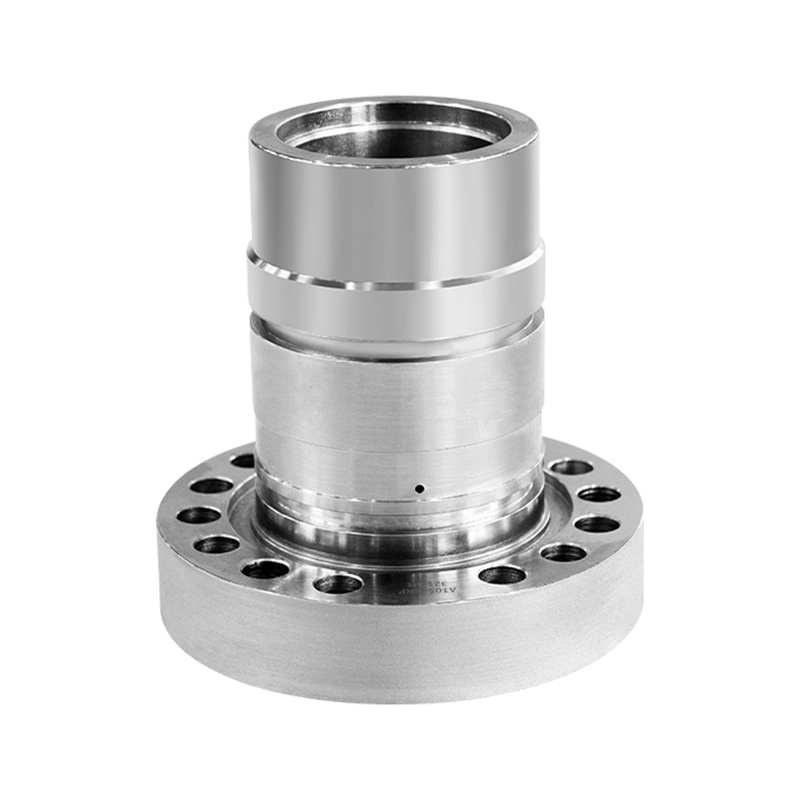End users across industries such as water treatment, chemical processing, and HVAC systems demand components that offer longevity, small maintenance, and reliability in diverse conditions. One area that plays a crucial role in achieving this is precision engineering. From design to material selection and machining, each step contributes to enhancing the valve life cycle. This article explores how precision engineering impacts valve performance, focusing on the high flow ball valve, water supply ball valve, and the use of RTFE valve seats.

Understanding the Importance of Valve Life Cycle
The valve life cycle refers to the operational period during which a valve can function effectively without requiring major repair or replacement. The longer the life cycle, the lower the total cost of ownership for the user. Several factors influence this life span, including wear resistance, material integrity, sealing performance, and the valve’s ability to maintain flow characteristics under pressure. Precision engineering ensures that these elements are optimized during the design and manufacturing processes.
Precision Engineering in High Flow Ball Valves
High flow ball valves are engineered to allow a larger volume of media to pass through with small resistance. These valves are typically used in applications where maintaining flow efficiency is critical, such as in chemical transport lines or industrial cooling systems. Precision engineering enables the design of streamlined internal passages that reduce turbulence and pressure drop. Additionally, tightly controlled machining tolerances ensure that the valve ball and seat interface maintains a secure seal throughout repeated cycles of opening and closing.
The application of CNC (Computer Numerical Control) machining technologies allows manufacturers to produce valve balls with consistently smooth surfaces and accurate dimensions. These characteristics help to less wear, especially in high-cycle environments, contributing directly to an extended valve life.
Water Supply Ball Valves and Reliability
Water supply systems demand valves that are not only functional but also safe and dependable over long periods. Water supply ball valves are widely used in residential, municipal, and commercial applications, where leaks or failures can advance to significant problems.
Precision in the seat design and stem sealing mechanism is essential to prevent leaks. By ensuring close contact between the ball and the seat, engineers can reduce the risk of erosion and damage caused by suspended particles or frequent cycling. Additionally, corrosion-resistant materials such as stainless steel or brass are often selected and processed with exacting standards to prevent premature failure.
Manufacturing precision also supports consistent operation in valves exposed to varying temperatures and water pressures. Tightly controlled production parameters result in less dimensional variation, reducing stress concentrations that could otherwise accelerate component degradation.
The Role of RTFE Valve Seats
RTFE (Reinforced Polytetrafluoroethylene) valve seats offer a blend of chemical resistance, flexibility, and durability. This material is a commonly used seat option in precision-engineered ball valves due to its reliable sealing characteristics and low coefficient of friction.
In high flow ball valves and water supply ball valves, RTFE valve seats help maintain tight seals while allowing smooth ball movement. The reinforced nature of RTFE provides added strength over standard PTFE, improving wear resistance and dimensional stability under pressure.
Precision engineering ensures that RTFE seats are formed and installed with a small tolerance variance, allowing them to fit snugly against the valve ball. This tight seal is critical in preventing leaks and reducing torque during operation. Furthermore, consistent surface finishes on both the valve ball and seat contribute to reduced wear and longer component life.
Enhancing Performance Through Quality Control
The relationship between precision and valve life cycle is closely linked to stringent quality control practices. Each batch of high flow ball valves or water supply ball valves should undergo thorough inspection processes, including pressure testing, dimensional verification, and surface finish evaluation. These measures help to identify potential defects early in the production process, ensuring that only components meeting defined specifications proceed to final assembly.
RTFE valve seats, in particular, require careful handling and inspection to ensure their sealing properties remain intact during installation. Deformations or contaminants can compromise performance, which is why precision engineering must be supported by cleanroom procedures and specialized tooling during assembly.
Precision engineering plays a vital role in improving the life cycle of ball valves. Whether in a high flow system or a municipal water supply application, the integration of accurate machining, proper material selection, and controlled manufacturing processes helps ensure long-term reliability. Components such as RTFE valve seats and accurately manufactured valve balls contribute to a better seal, smoother operation, and reduced wear over time.
As the demand for durable, low-maintenance valve solutions continues to grow, precision will remain a cornerstone of innovation and performance in the valve manufacturing industry.